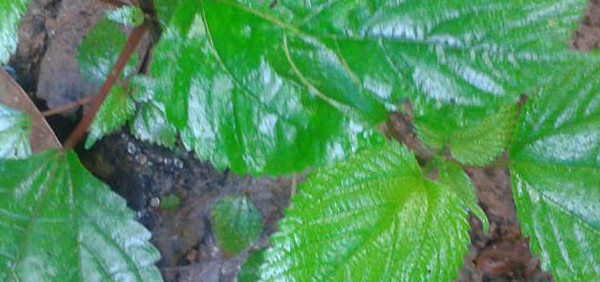gandapura :

Morphology:
Seeds greyish-brown and blackish, not velvety to touch, kidney-shaped, slightly
compressed with shallow depressions on both sides, marked with minute parallel ridges
and furrows; hilum small and distinct; odour, musk-like; no taste.
Histology:
Shows two integuments, outer integument forms ridges and furrows; epidermis
consists of single layered tangentially elongated cells, followed by 1 to 3 layers of thinwalled tangentially elongated cells in the region of furrows; 1 to 4 rows of rounded,
thick-walled cells containing yellowish-brown masses with 1 or 2 of the upper most rows
thin-walled, tangentially elongated and pointed cells present in the region of ridges;
inner integument represented by palisade like cells, containing some granular masses
followed by thin and thick-walled parenchyma; the thick-walled being 4 to 8 layered,
compactly arranged, tangentially elongated, having reddish-brown contents, followed by
the thin-walled and colourless cells; 8 to 12 layers of cells large, isodiametric to oval; a
single layer of tangentially elongated cells present; cotyledons two, consisting of single layered cubical to irregular cells of epidermis covered by cuticle and followed by a
single layered palisade like cells; the rest of the cotyledons consists of 4 to 6 rows of
thin-walled, isodiametric cells filled with granular masses; lower epidermis composed of
a single layer of cells covered with cuticle.
















